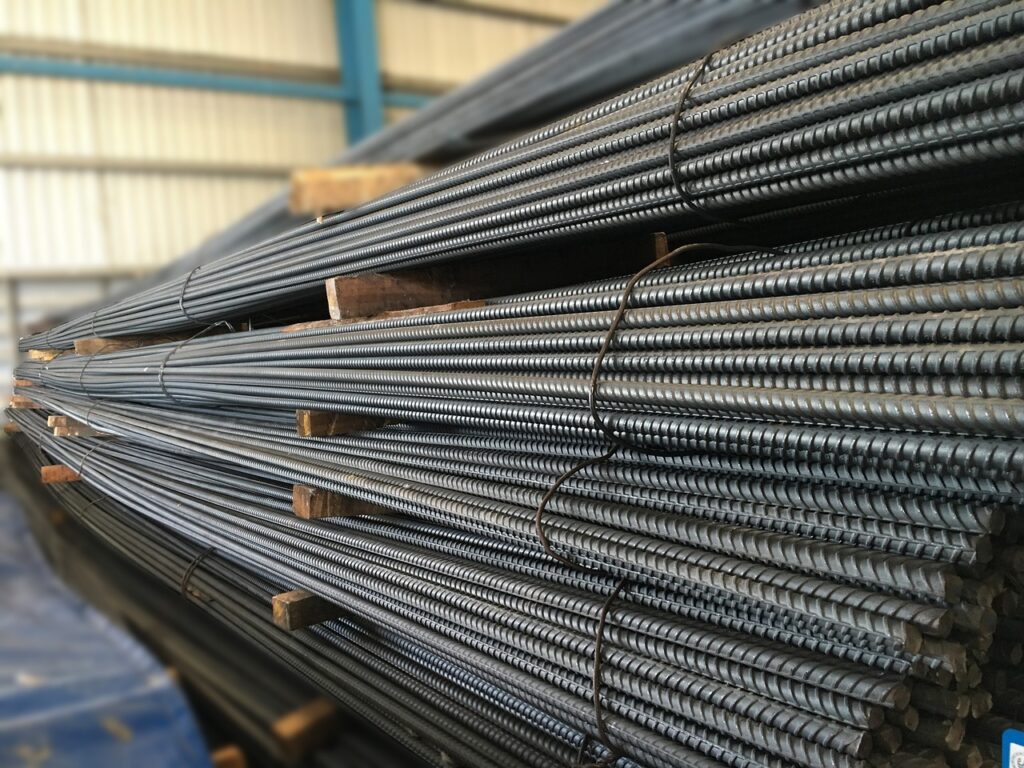How does tariff 232 impact U.S. steel and aluminum imports? Here are 10 aspects that answer the question.
Before we begin: on February 10, 2025, U.S. President Donald Trump issued two proclamations adopting tariffs of 25% on imports of various steel and aluminum goods from Mexico, Canada, Argentina, Australia, Brazil, South Korea, Japan, the United Kingdom and the European Union.
Tariff 232
The following are 10 aspects related to the aforementioned proclamations:
- As of last March 12, the exceptions granted to the eight countries and the European Union expired.
- As of that date, imports of various steel, steel derivatives, aluminum and aluminum derivatives from these countries pay a 25% tariff in the United States.
- The scope of application could be extended even further. Over the next 90 days, the U.S. Secretary of Commerce will establish a process to subject new steel and aluminum-derived goods to the 25% tariff.
- The tariff increase is adopted under Section 232 of the Trade Expansion Act of 1962 (“Trade Expansion Act of 1962”).
- As a consequence of these tariffs, China will have the highest tariff impact, with potentially affected trade of 38,514 million dollars, followed by Mexico (34,830 million) and Canada (34,144 million).
- Mexican exports to the US market are broken down as follows: steel (3,499.9 million dollars), steel derivatives (8,042.8 million), aluminum (396.9 million) and aluminum derivatives (22,890.3 million).
- The measure will increase inflation in many products. For example, cars and household appliances, in the case of steel. Likewise, aluminum will impact cans, doors and solar panels, among other goods.
- On March 13, Canada filed a complaint with the World Trade Organization (WTO) regarding US tariffs on steel and aluminum imports.
- Marcelo Ebrard, Mexico’s Secretary of Economy, denied that the increase in tariffs on steel and aluminum imports will cause companies to relocate to the United States. In fact, this did not happen in 2018. Moreover, the tariff measures that year did not increase employment in the United States.
- The price increases generated by the tariffs will foreseeably decrease global demand for steel, aluminum and derivatives of these metals.
Imagen cortesía de Redacción Opportimes | Opportimes

